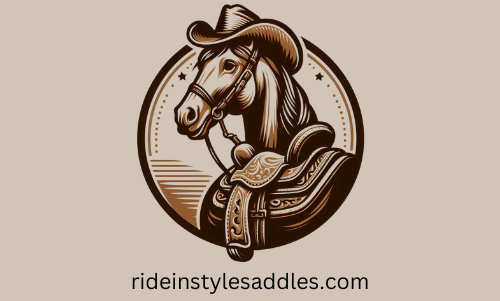When you’re starting your equestrian journey, you’ll find two main characters in the saddle world: Western and English. Each one comes with its own history, design, and purpose. Let’s dive in!
The historical journey of these saddles is really quite fascinating. Western saddles were designed for long hours of riding across ranches and open fields, deeply rooted in the cowboy culture of the American West. They’ve got that rugged vibe because, well, cowboys needed comfort and utility all day long. On the flip side, English saddles have their origins in Europe, suiting activities like jumping, dressage, and eventing. They’re sleeker to match the precision and agility required in those sports.
A key point everybody notices first is the design. Western saddles are known for their distinctive horn on the pommel. The feature isn’t just for show, it’s crucial for ranch work, trail riding, and Western sports like reining and roping.cattle. English saddles? Not a horn in sight, providing a different kind of experience tailored for control and communication in sport disciplines.
What these saddles are made of can also sway your decision. Western saddles often use sturdy, thicker leather, designed to withstand heavy use and the wear and tear of rough terrains. English saddles tend to use softer and lighter leathers, all about giving that refined and precise feel needed in competitive environments. Each has its own charm, and it’s helpful to know which matches your needs best.
Let’s talk riding styles now. Your choice of saddle will hugely affect the kind of riding you do. Western saddles are ideal for leisurely rides or work that requires you to be in the saddle for hours. English saddles, on the other hand, are built for those passionate about jumping, dressage, and eventing.
Safety and comfort go together like birds of a feather. Western saddles offer that secure feel with a snug seat, while English saddles demand a good posture and give higher agility. It helps to try out both and see what suits your body and riding style best. Finding the right fit is key to ensuring both your own safety and the horse’s comfort.
Choosing the Right Saddle: Practical Considerations and Personal Preferences
When it comes to picking the perfect saddle, think about why you’re riding. Western saddles are great for ranching or long trails, giving you that comfy and sturdy support for extended periods. English saddles fit right into sports like jumping, eventing, or dressage, offering precise control and flexibility.
Fit and comfort should top the list in your search. Test different saddle types to see which aligns best with your posture and riding style. It’s not just about your comfort, though. Ensuring the saddle sits correctly on your horse prevents discomfort and potential injury. Consulting a professional for a fitting session can save lots of hassle down the road.
Budget often sneaks into these decisions. Western saddles generally offer a broad price range, from basic designs to elaborate, handcrafted versions. English saddles can be pricier, especially those crafted for specific sports or events. Figure out what you’re willing to spend and balance that with your riding needs.
Maintenance is also worth considering. Western saddles, with their heavier leather, may require different care compared to the often lighter English saddles. Regular cleaning and appropriate storage will extend the life of your saddle, no matter which one you choose.
Hearing from folks who’ve been in your shoes is invaluable. Real-life experiences and testimonials can shed light on common challenges when choosing a saddle. The insights from seasoned riders offer practical tips and stories that might help you decide which saddle aligns with your passions and needs.

